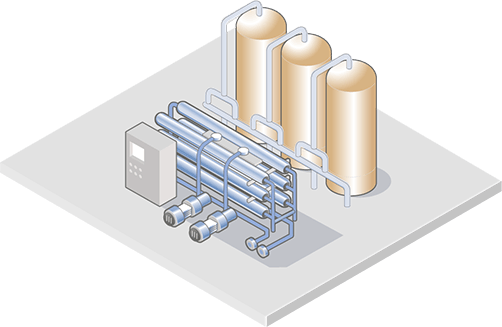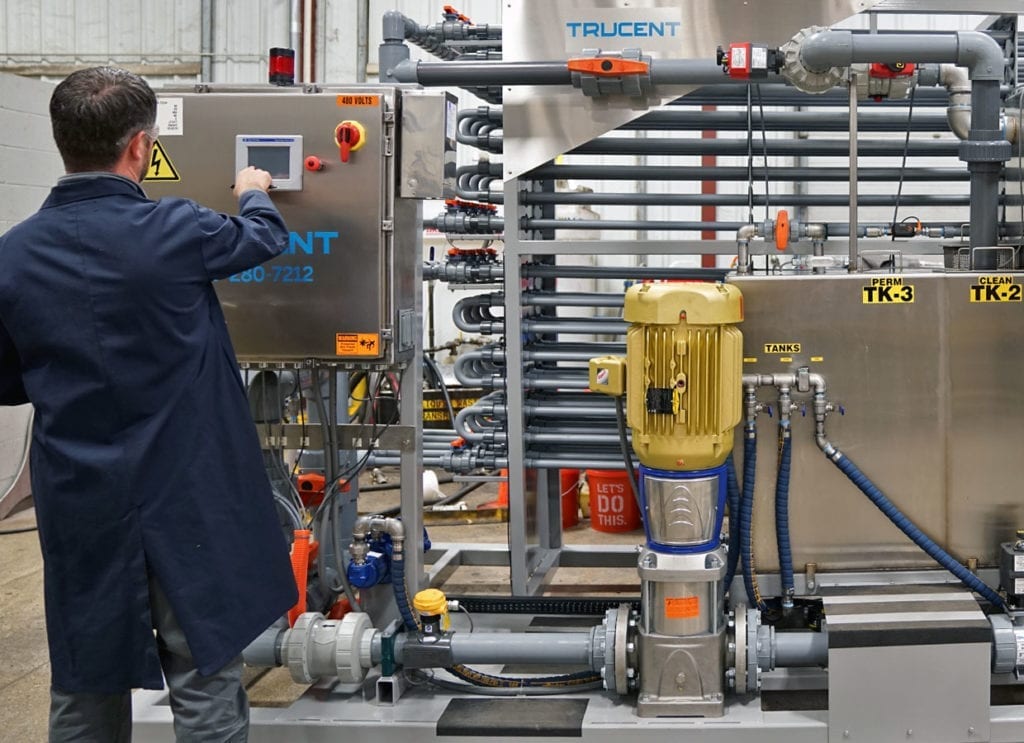Industrial Waste Water Treatment-- Customized Solutions for Effective Wastewater Treatment
Industrial Waste Water Treatment-- Customized Solutions for Effective Wastewater Treatment
Blog Article
Challenges and Solutions in Industrial Waste Water Therapy
The therapy of commercial wastewater presents a diverse selection of challenges, varying from rigorous regulatory conformity to the details of cost monitoring and technical limitations. The variability in waste make-up additionally complicates the effectiveness of typical treatment techniques, typically causing intensified operational expenditures. Arising services such as innovative oxidation procedures and cutting-edge financing versions show guarantee in resolving these concerns. As industries grapple with the need for lasting techniques, the concern stays: what approaches will eventually cause an equilibrium between conformity, cost-efficiency, and environmental responsibility?
Regulatory Compliance Challenges
Exactly how can industrial centers navigate the facility landscape of regulatory compliance in wastewater treatment? The regulatory framework controling wastewater monitoring is diverse, frequently varying by jurisdiction and kind of sector.
To successfully take care of these compliance difficulties, facilities need to implement durable surveillance and reporting systems that guarantee real-time information collection and analysis. Regular audits and threat evaluations can identify possible compliance voids, enabling positive changes in treatment processes. Worker training programs concentrating on regulative expertise and best methods are necessary to foster a culture of compliance within the company.
Furthermore, involving with regulative agencies can provide useful understandings and make clear ambiguous policies. Facilities may additionally benefit from seeking advice from with ecological specialists that specialize in wastewater therapy compliance, making sure that they remain abreast of advancing regulations. By taking on these techniques, commercial facilities can not just fulfill compliance demands yet also improve their functional effectiveness and ecological stewardship.
Cost and Economic Obstacles
Browsing regulatory compliance in wastewater therapy frequently offers significant financial difficulties for commercial centers. The costs related to applying required treatment modern technologies, keeping compliance with strict guidelines, and taking care of functional expenses can be daunting. Numerous companies encounter high initial capital expenditures for the building and construction or updating of wastewater therapy plants, which might stress spending plans, specifically for medium-sized and tiny enterprises.
Moreover, ongoing operational costs, including labor, maintenance, and chemical inputs, add to the economic problem. The changability of changing power rates and the possible demand for extra financial investments to satisfy progressing guidelines intensify these financial pressures. Oftentimes, the lack of economic motivations or assistance from government bodies makes it a lot more difficult for companies to justify financial investments in innovative therapy systems.
Additionally, the economic viability of wastewater therapy remedies is usually examined, particularly for industries with limited revenue margins. It is crucial for industrial centers to check out cost-effective methods, such as adopting innovative financing options, engaging in collaborations, and leveraging arising modern technologies that can aid reduce these financial barriers while making certain conformity with environmental standards.

Technical Limitations
Various technological constraints prevent the effectiveness of commercial wastewater therapy processes. One significant challenge is the insufficiency of existing treatment technologies to resolve intricate pollutants. Numerous conventional approaches, such as activated sludge and chemical precipitation, battle with the elimination of arising toxins, consisting of microplastics and drugs. This limitation typically results in the discharge of improperly dealt with water, which can have harmful ecological effects.
Additionally, the scalability of treatment technologies postures a challenge. While some innovative techniques, like Website membrane layer purification or sophisticated oxidation, reveal promise in regulated atmospheres, their execution on a larger range can be prohibitively pricey and technically tough. Upkeep and operational complexities even more make complex the adoption of these systems, specifically for smaller markets with minimal technological know-how.
The integration of real-time tracking modern technologies also stays not enough in many treatment centers. Without efficient surveillance systems, operators can not effectively analyze treatment effectiveness or find possible failings, causing irregular effluent top quality. Consequently, attending to these technical constraints via r & d, alongside investment in ingenious services, is vital for boosting the efficiency of commercial wastewater therapy and ensuring regulative compliance. Industrial Waste Water Treatment.
Variability in Waste Composition
In the world of commercial wastewater treatment, the variability in waste composition presents an awesome obstacle. Industries produce wastewater with diverse qualities, influenced by elements such as manufacturing processes, raw materials, and functional practices. This diversification makes complex the treatment process, as standard systems usually battle to successfully deal with the vast array of pollutants present.
As an example, wastewater from food processing may have high levels of organic issue, while effluents from chemical manufacturing might include hazardous materials and heavy steels. This variation necessitates versatile therapy approaches to make sure compliance with environmental regulations and protect public wellness. Additionally, variations in waste structure can take place in time, affected by changes in manufacturing schedules, upkeep tasks, or the introduction of brand-new products.

Innovative Treatment Solutions
Innovative treatment solutions are important for addressing the intricacies of commercial wastewater administration. Traditional techniques often drop brief in successfully eliminating a wide variety of contaminants, especially in centers with diverse effluent streams. Recent innovations focus on incorporating advanced modern technologies to enhance therapy performance and sustainability.
One promising technique is using advanced oxidation processes (AOPs), which take advantage of powerful oxidants to weaken organic contaminants. AOPs, consisting of photocatalysis and ozonation, can significantly decrease hazardous materials and boost effluent quality. Furthermore, membrane layer bioreactor (MBR) modern technology has actually gained traction, integrating organic therapy with membrane layer filtration, leading to high-grade effluent and reduced footprint.
Another ingenious option is the application of source recovery systems. Strategies like anaerobic food digestion not only treat wastewater but also produce biogas, which can be utilized as a renewable resource resource. In addition, the fostering of expert system and artificial intelligence models can optimize therapy procedures by anticipating variants in wastewater make-up, therefore boosting functional effectiveness.
These cutting-edge remedies not just address regulative compliance yet likewise promote environmental sustainability, leading the way for a much more resistant and reliable commercial environment.
Final Thought
To conclude, addressing the difficulties of industrial wastewater therapy needs a multifaceted technique that integrates governing compliance, cost monitoring, and technological improvements. Ingenious solutions, such as innovative oxidation processes and membrane layer bioreactor innovation, deal pathways to improve treatment performance. Real-time tracking systems and joint web link engagement with governing agencies can advertise sustainable techniques while reducing financial stress. A commitment to constant renovation in treatment methods will eventually add to the effective administration of commercial wastewater and environmental security.
The therapy of commercial wastewater offers a complex array of challenges, ranging from strict regulative compliance to the complexities of price management and technological limitations. Industrial Waste Water Treatment.Navigating regulatory site web conformity in wastewater therapy often presents substantial economic challenges for industrial facilities. Addressing these technical constraints via study and advancement, together with investment in ingenious solutions, is important for improving the efficacy of industrial wastewater therapy and making certain regulative compliance
Wastewater treatment centers need to invest in robust surveillance systems and adaptable treatment technologies qualified of suiting varying influent features.In verdict, dealing with the obstacles of industrial wastewater treatment requires a diverse method that integrates regulatory compliance, expense monitoring, and technical advancements.
Report this page